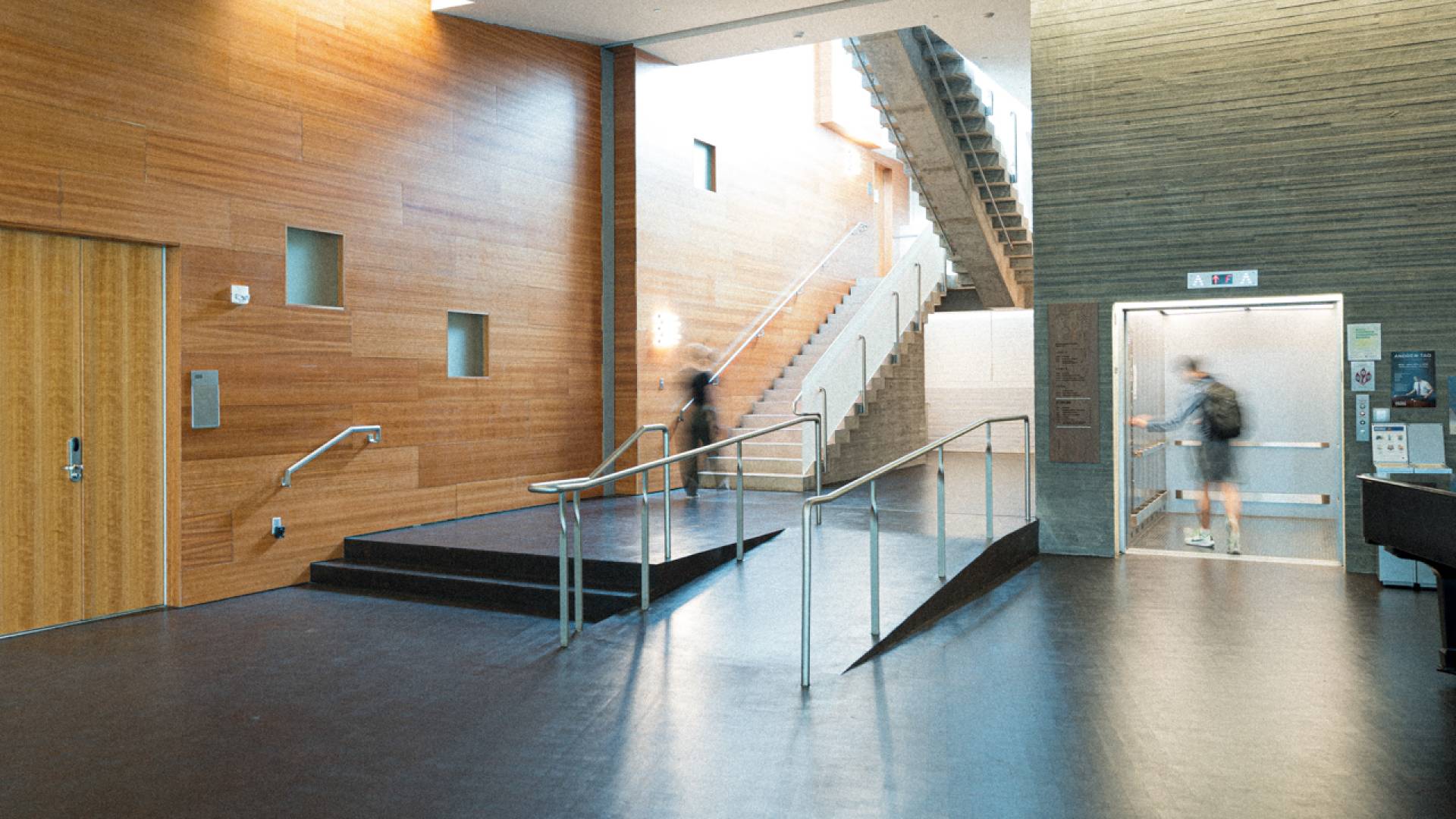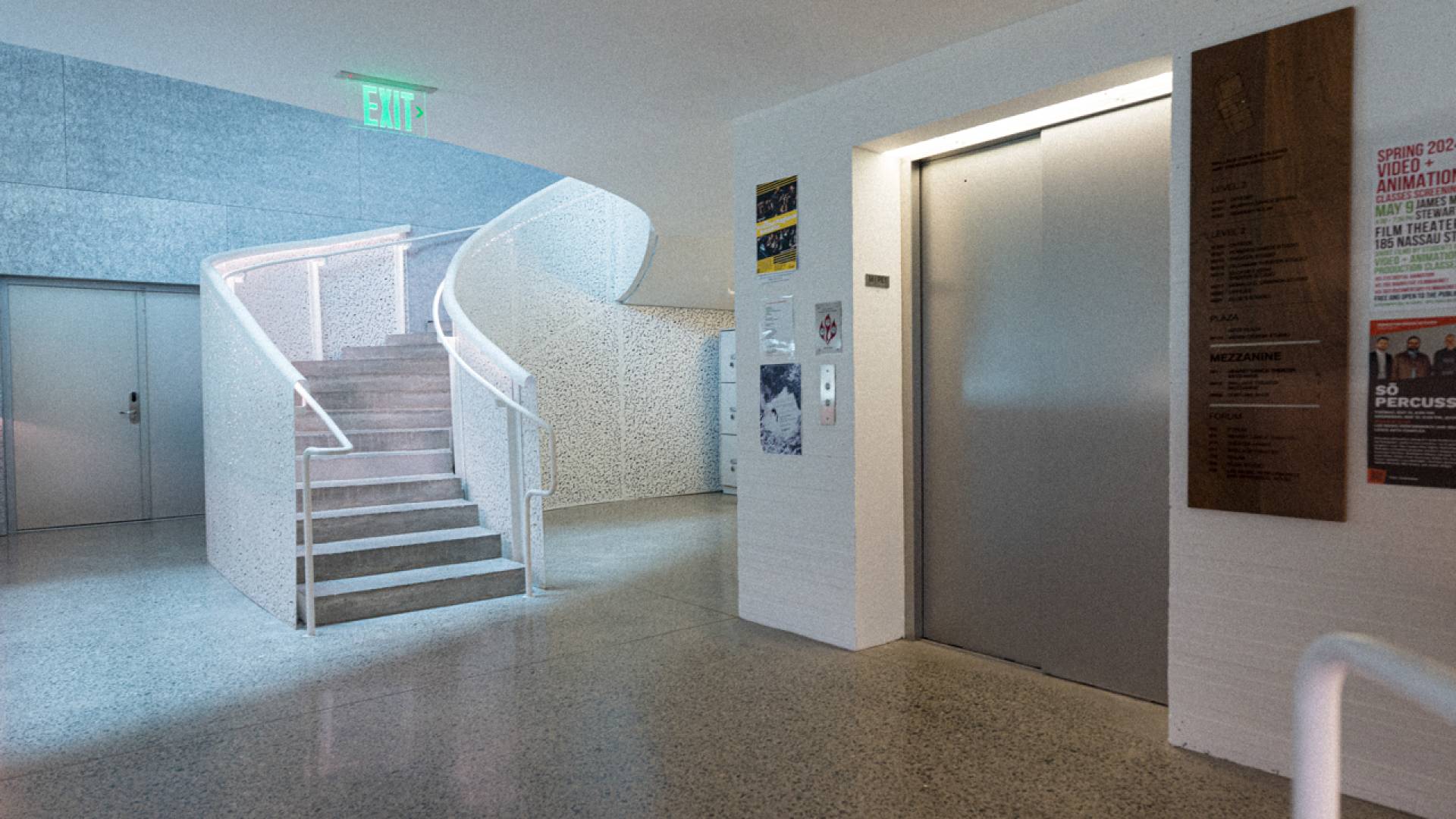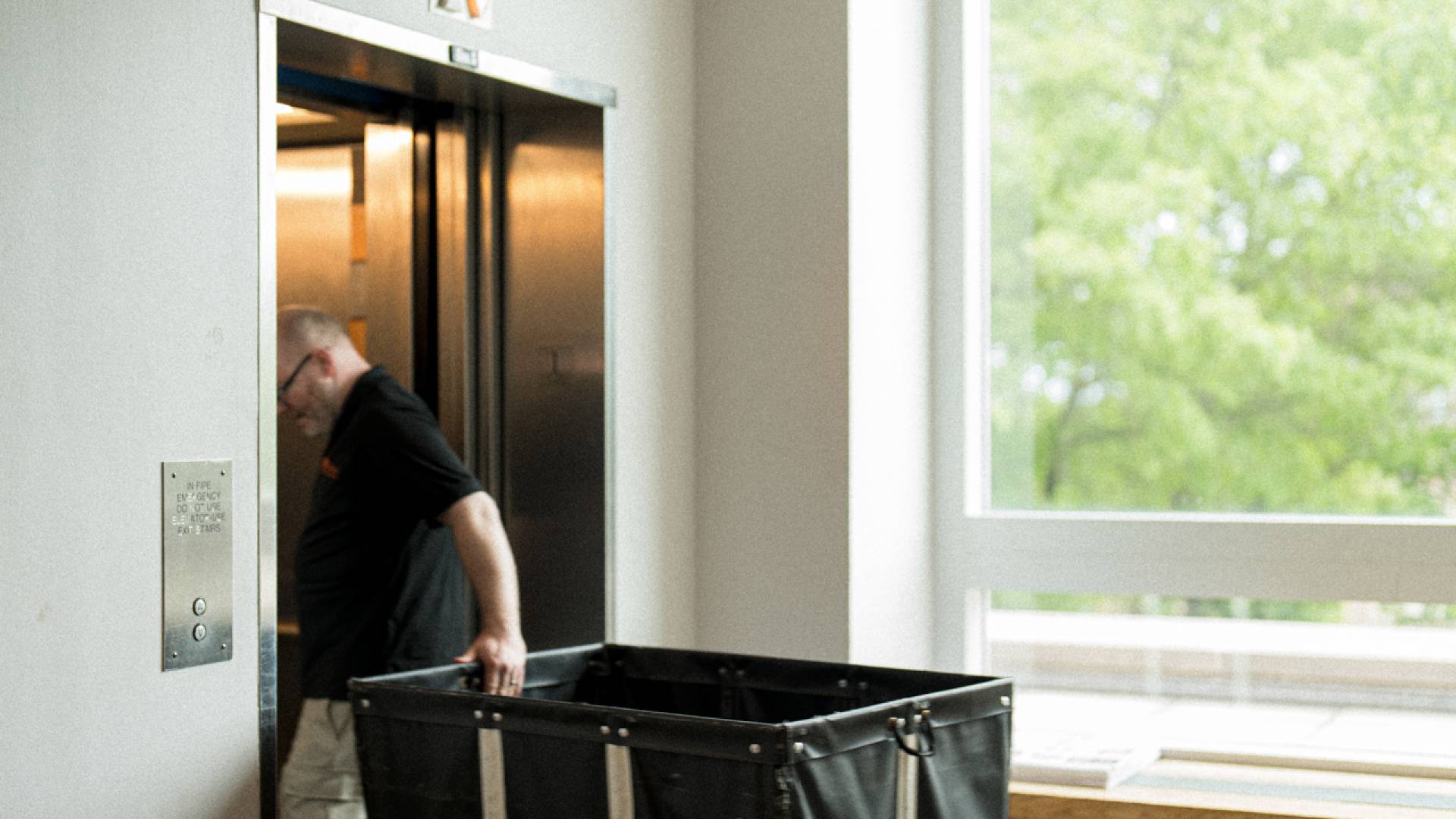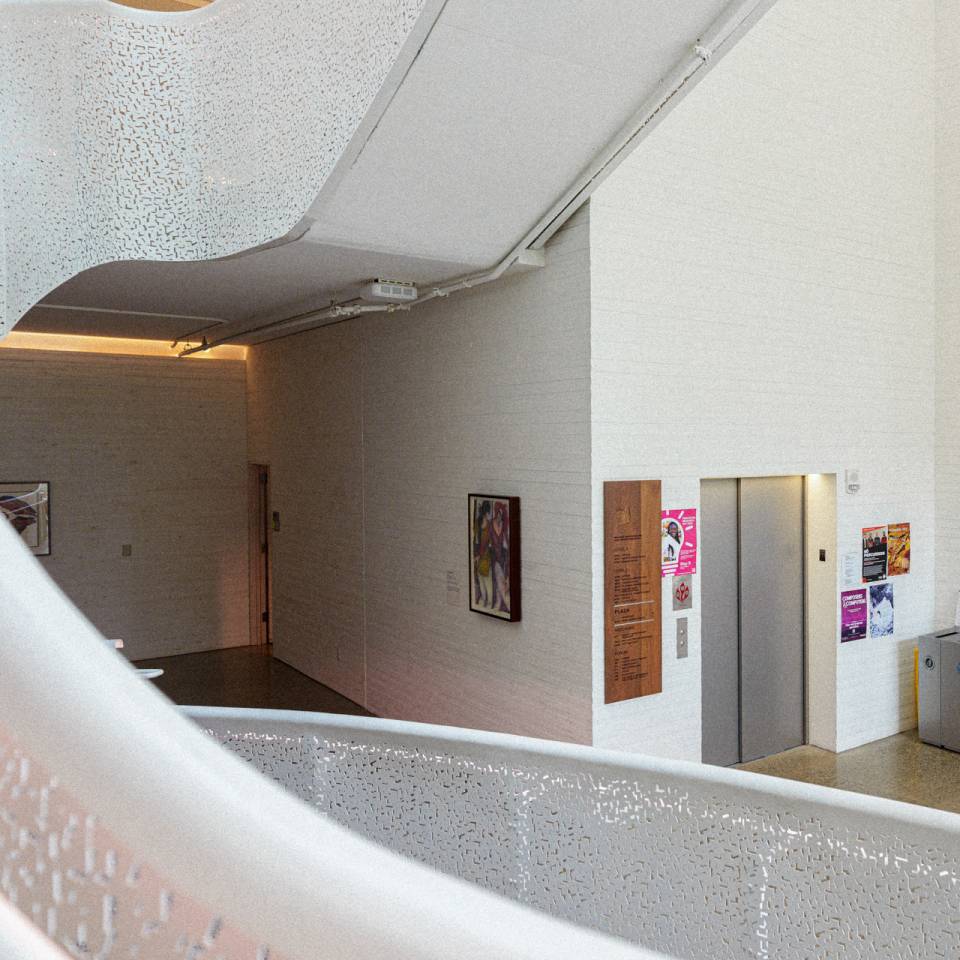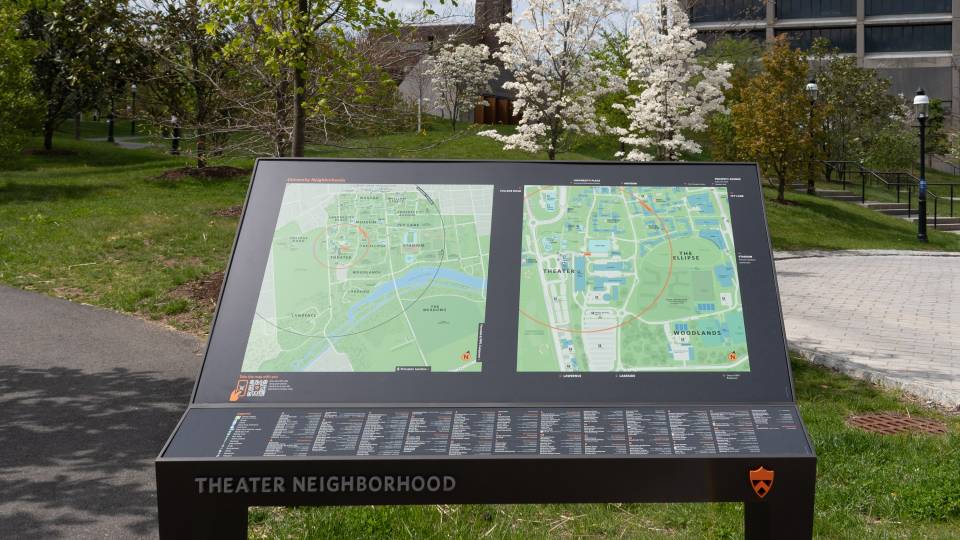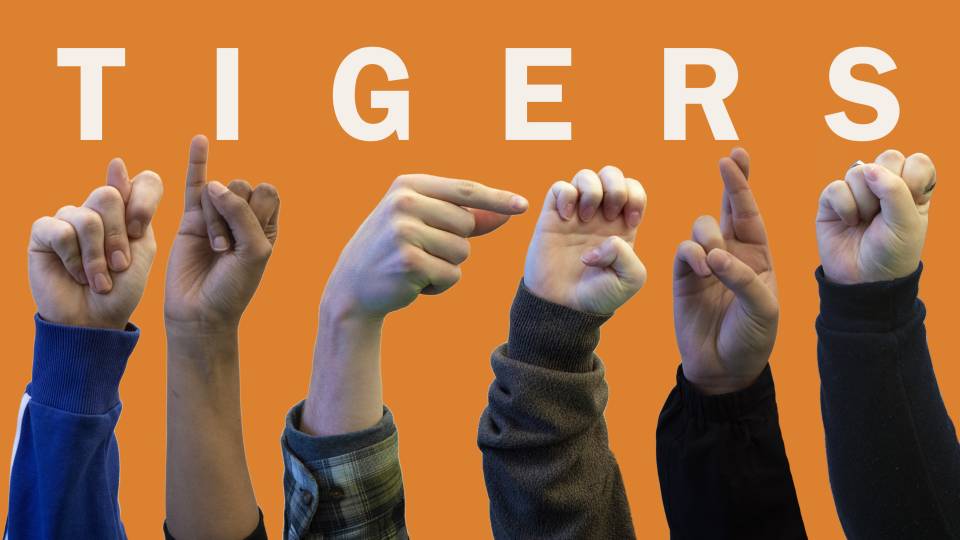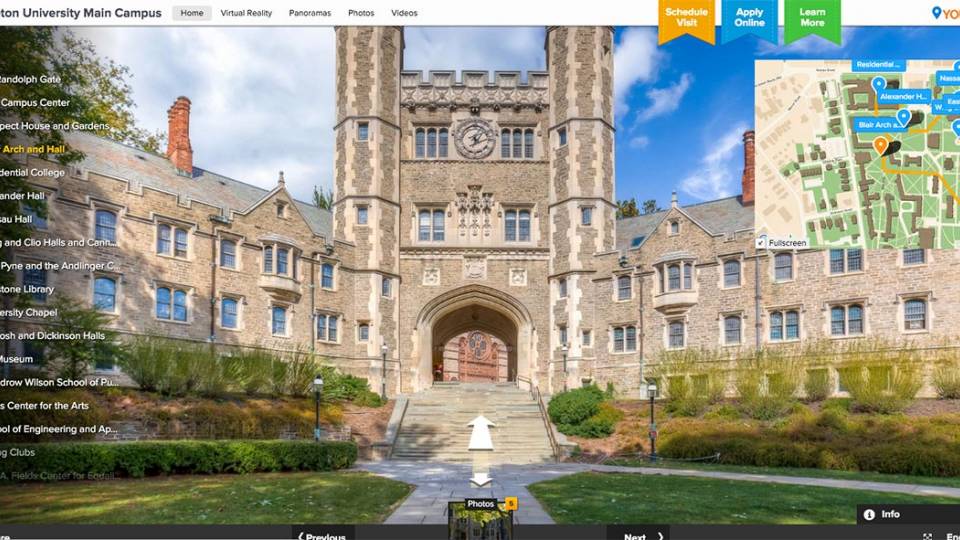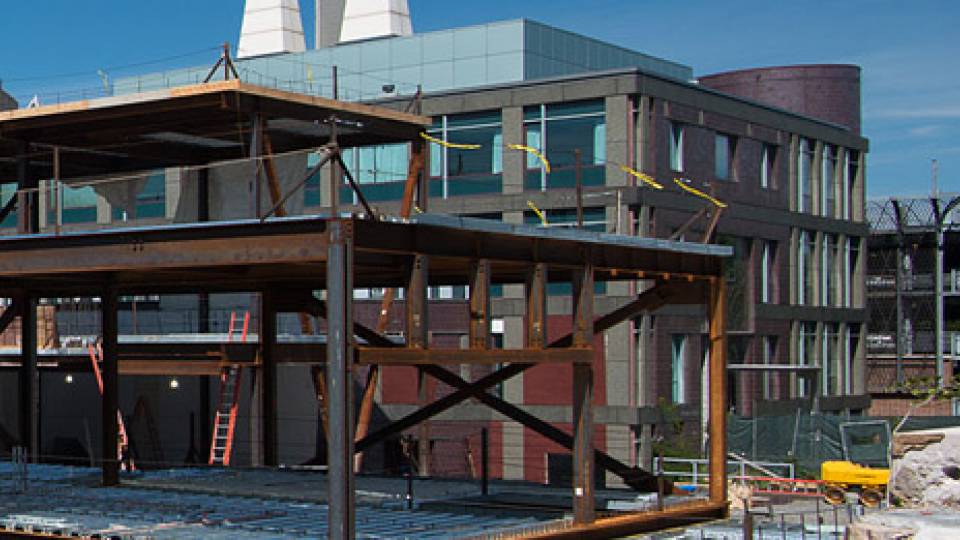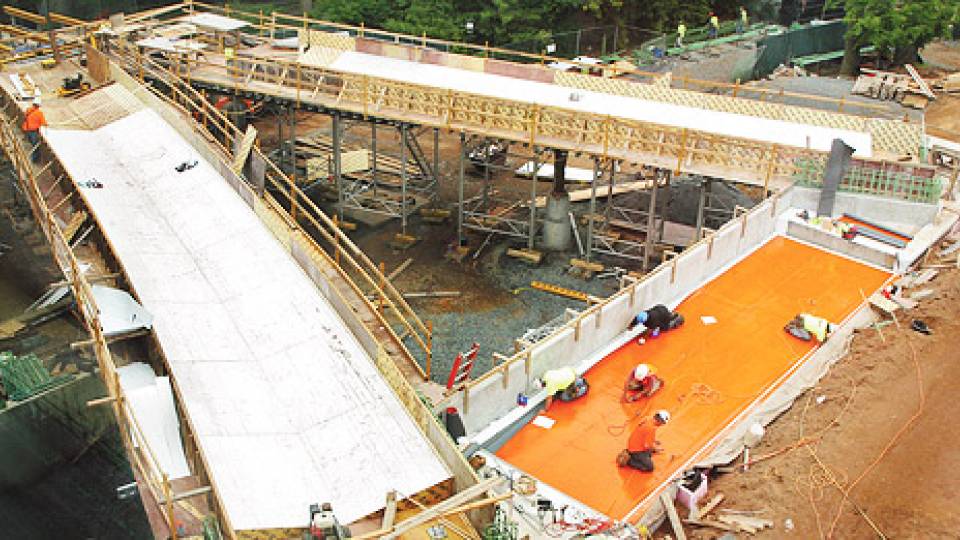The Princeton Accessibility Guides empower users with the information they need to navigate the inside of campus buildings. Spaces like the Lewis Center for the Arts have been intentionally designed to have accessible pathways throughout.
To help ensure people with all abilities can thrive on campus, Princeton has launched an innovative digital guide that provides physical accessibility information for over 200 University buildings.
The Princeton Accessibility Guides(Link is external) feature nearly every building on campus, including academic and administrative buildings, residential colleges, and parking and athletic facilities. Each building has a dedicated page, which also links to guides for lecture halls and other spaces inside the building. Measurements and photographs depicting key elements of the spaces include details on accessible entrances, elevators, restrooms and more.
“So much of the language around accessibility work is that you can’t do this or that,” said Michael Barnes(Link is external), the inaugural director of accessibility for Facilities.(Link is external) “But everyone’s abilities are different. The information in the guides empowers those with disabilities to make decisions about how they can access the space.”
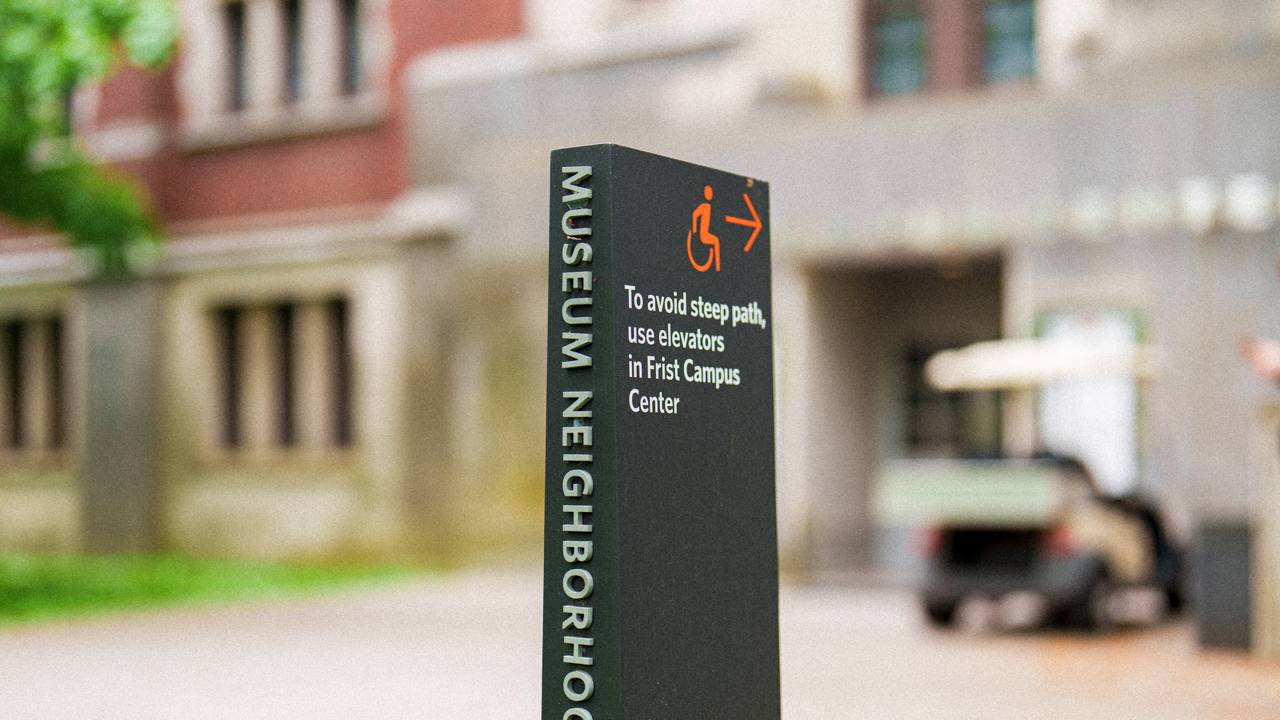
Wayfinding signage throughout campus indicates step-free entrances and navigable-grade pathways.
“It’s one thing to be able to get into the building, but then there are extra considerations when you’re navigating internally,” said Naomi Hess, a University Trustee, Class of 2022 graduate and wheelchair user. “People don’t always realize that these little details can make a big difference in accessibility for people.”
Princeton partnered on the guides with AccessAble, a leader in the field of disability-access information, and is the first U.S. university to create the guides. The disabled-person-led business has surveyed nearly every university in the U.K. and tens of thousands of venues there to document details about building accessibility.
The University’s guides are free and open to the public, and are available through the AccessAble platform(Link is external) and the Princeton Campus Map app(Link is external).
Before the launch of the guides, physical accessibility information was limited to accessible pathways and entrances to buildings on campus. The Accessibility Guides have this information and more, compiling multiple data points related to physical accessibility inside buildings.
The platform also allows users to sort buildings by available accessibility features. Through the Campus Map app, users can generate step-free, low-slope accessible routes between buildings and access the building’s Accessibility Guide.
“I know that as a student trying to learn my way around campus, trying to figure out what was accessible and how it was accessible was a definite burden on me,” Hess said. “This tool will help people with disabilities realize that they can access more of the campus than they might first expect.”
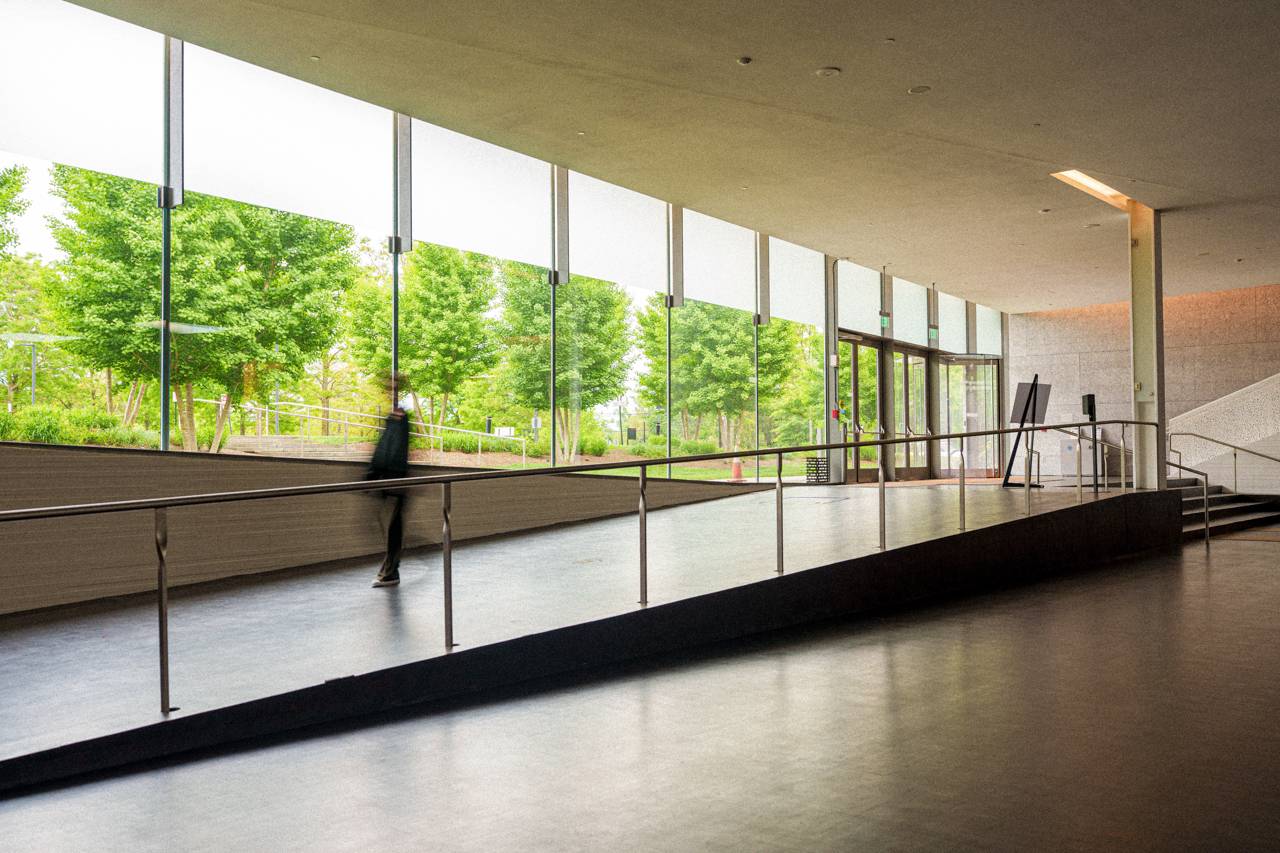
An accessible ramp and stairs at the Forum entrance to the Lewis Center for the Arts is one of the many campus spaces featured in the new Princeton Accessibility Guides.
AccessAble staff spent over two months on campus surveying physical spaces to create the guides. Hundreds of high-quality, 360-degree photos were captured so people with disabilities can see how a space can work for them.
“The guides provide clear and helpful information on accessible facilities,” said Asha Nambiar, director of accessibility and disability services. “The guides will help students feel more confident and less anxious when visiting new or unfamiliar locations. While we at the Office of Disability Services are happy to work with students individually, the sense of independence the Accessibility Guides foster will be invaluable.”
This project is among several ongoing University efforts to be a more accessible, inclusive and equitable campus(Link is external) (Link opens in new window). The director of accessibility role was created in 2022 to provide the Facilities Organization with dedicated subject matter expertise to improve campus accessibility in the built environment.
“Facilities is committed to stewarding the campus in pursuit of our strategic goals,” said KyuJung Whang, vice president for Facilities. “The creation of this role helps ensure every project Facilities undertakes makes the University a more welcoming place for those of all abilities and backgrounds.”
As new buildings are designed and constructed on campus, accessibility has become a design standard that is considered at the onset of projects, said Barnes. For example, the newest residential colleges, Yeh and New College West, have step-free entrances at all levels. Inside, the accessible ramps and elevators are near the major staircases so people with varying abilities experience similar pathways.
Current capital projects underway address accessibility to existing buildings. “Given that many of our buildings are hundreds of years old, the University is also committed to making our historic buildings more accessible through renovations,” Whang said.
The recently renovated Prospect House is now more accessible. The Class of 1986 Fitness and Wellness Center has a step-free entrance and an elevator to all levels. In these projects and many others on campus there are other details — like redesigned thresholds, door handles, lighting and signage — that go beyond mandated requirements.
According to Barnes, the goal for accessibility at Princeton is to allow independent use to the highest extent possible. “We aim to create opportunities for people of all abilities to experience the campus and its buildings in an equitable way,” Barnes said. “We aspire to a campus where everyone enters through the front door.”
“All of these updates show that Princeton cares about those with disabilities,” Hess said. In 2021, Hess was the first person to use the elevator installed in Nassau Hall, Princeton’s central administrative building, which was erected in 1756. As a student, it was symbolic and important for the administration to be physically accessible, she said.
Elevators are essential to wheelchair users. But they also benefit a staff member delivering a catering order or a student carrying a stack of books, said Barnes.
“The changes we make to address accessibility benefit the entire campus community,” Barnes said.
